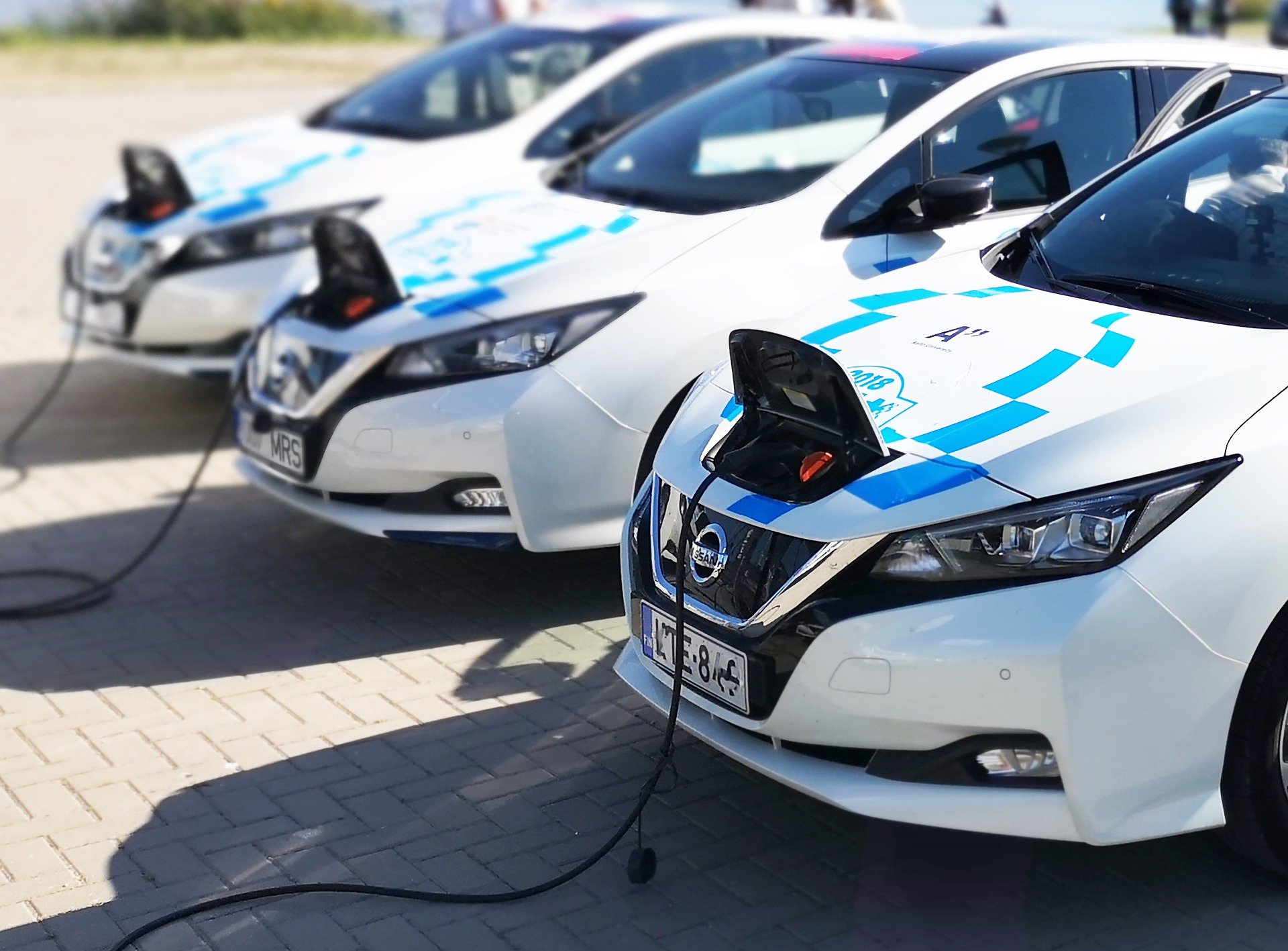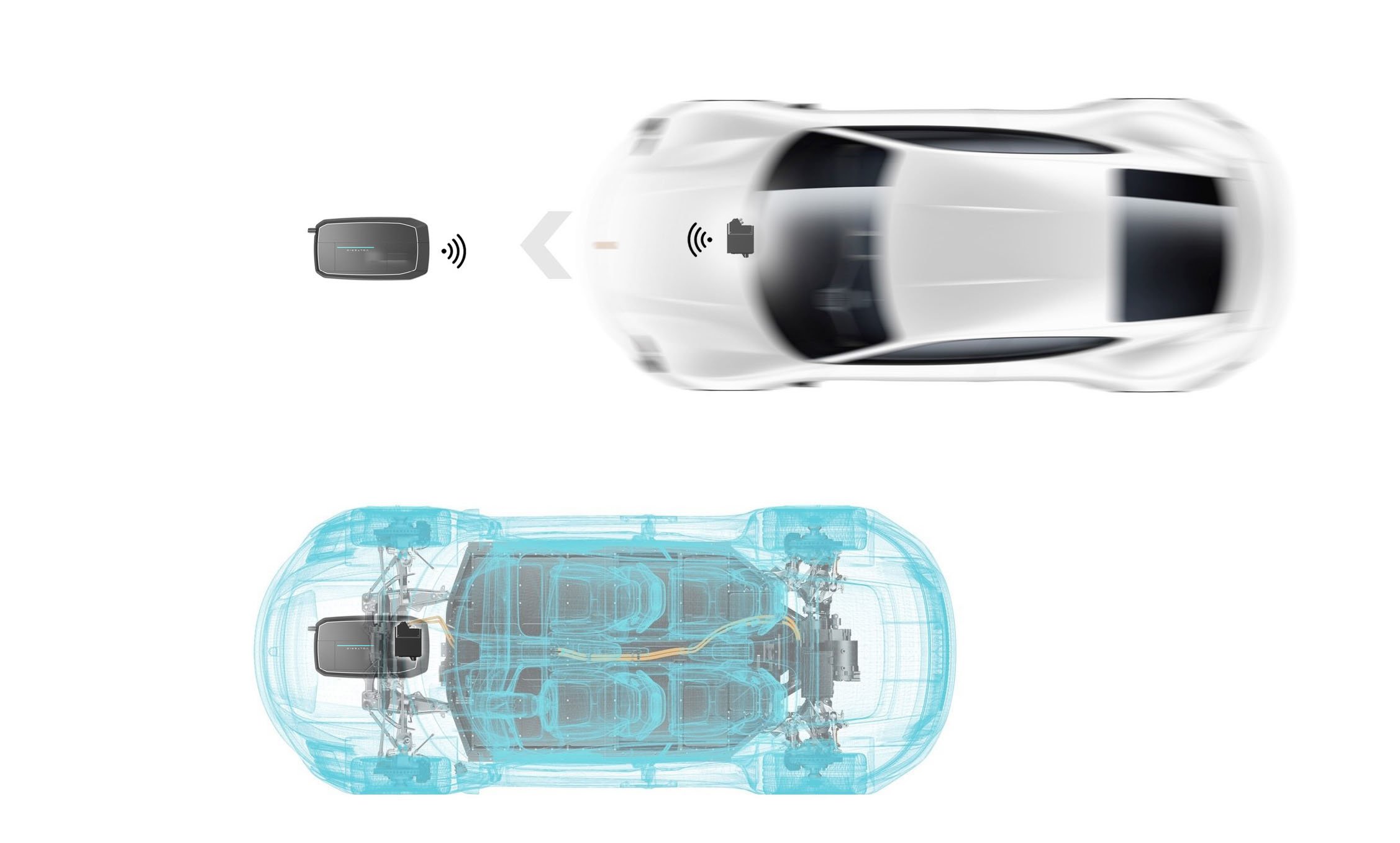
December was a good month for electromobility in Norway. In the flagship country of low-emission transport transition, the share of electric vehicles reached a new high in 2022. BEVs accounted for nearly 80 percent of all passenger car registrations.
In December, registration figures broke all records – actually good news. In fact, however, some things will change radically in Norway in 2023. Expensive and heavy BEVs will become at least 25 percent more expensive because the weight and value-added taxes will once again apply to them. German manufacturers in particular will have to contend with this, as their focus on heavy, expensive eSUVs and luxury sedans literally weighs heavily.
But industry experts do not expect a sustained slump in registrations. Presumably, they are counting on the “fuel price effect.” When gasoline and diesel prices rise, consumers hesitate less and less.
Market conditions are once again being taken into account
So Norway is beginning to subject electric vehicles to normal market conditions and is cutting subsidies. It can’t be a question of money, because the country is still in an excellent financial position, thanks to its raw materials.
In Germany, December was also a record-breaking month. Never before have so many electric vehicles been sold in one month. A total of 104,215 electric vehicles were registered, one-third of all passenger car registrations. The market share in this last month of the year was thus 33.15 percent and, calculated over the year, almost 18 percent.
In Germany, too, subsidies will be drastically cut in 2023, although not as severely as in Norway. Unlike Norway, Germany has a huge backlog of demand for local emission-free transport. The emphasis is on locally emission-free because CO2 emissions in Europe’s “most morally upstanding country” have once again risen – completely unexpectedly – in 2022.

CO2 increase in 2022
The NGO “Agora Verkehrswende,” which is close to the Green Party and is often misleadingly referred to as an “independent think tank,” has identified the increase in CO2 emissions from transport as the main cause. This is hardly surprising, however, because several parameters have deteriorated decisively in Germany in particular:
Trains have reached a temporary limit in capacity utilization and a maximum in unpunctuality. As a result, many have switched to cars. The energy turnaround, which has relied on gas-fired power plants as a backup, has suffered a severe reality check. At times, CO2 emissions per kWh were even as high as in much-maligned Poland. This was due to two things that, according to advocates of the renewable energy turnaround, never actually happen: a prolonged dark period and an increase in the use of coal-fired power.
Both occurred in Germany in November and early December, leading to a reduction of more than 800 g/kWh in some cases. The “smokescreen” justification of the EE (energy efficiency) advocates was not long in coming: France and its defective nuclear power plants were to blame for the problem. Germany was forced to generate a lot of coal energy to keep the lights on. The fact that the outside temperatures were quite low during these four weeks, unlike in previous years, was not mentioned.
But back to the “market”
Even e-mobility, with 470,559 vehicles registered in 2022 alone, is hardly alleviating emissions at present. Average CO2 emissions remain high in the land of poets and thinkers, and this also affects the electric fleet.
Many Germans no longer trust the “market,” and there are a few prickly reasons for this. After all, the laws of the market have been and continue to be eroded. The initial subsidies for electric vehicles and solar roofs and heat pumps created a boom. This could now come to an end – because unlike in Norway, there is no money as a result of the “oomph” and “double oomph” policy, a term coined by German Chancellor Olaf Schulz. The first energy relief package alone cost the German government, and thus its citizens, €200 billion, money that is not available for further subsidies. This lack of money is now dramatically slowing down the transition.
To put this in perspective: That’s 10 nuclear power plants with a total capacity of about 12 GigaWatts. Together with the recently shut down and soon-to-be shut down power plants, that would be about 17 GW of capacity with low CO2 emissions (< 40g/kWh). Together, this would result in an annual production of 150 TWh – about 30 percent of Germany’s total consumption in 2021, which would presumably be enough to completely eliminate gas and coal power in energy production. Thanks to the high degree of expansion of wind and solar power, CO2 emissions would be on a par with France, which rarely scrapes the 80 g/kWh mark.
Fun fact: Emissions from electric vehicles would then also no longer be an issue, not to mention the kWh price.

